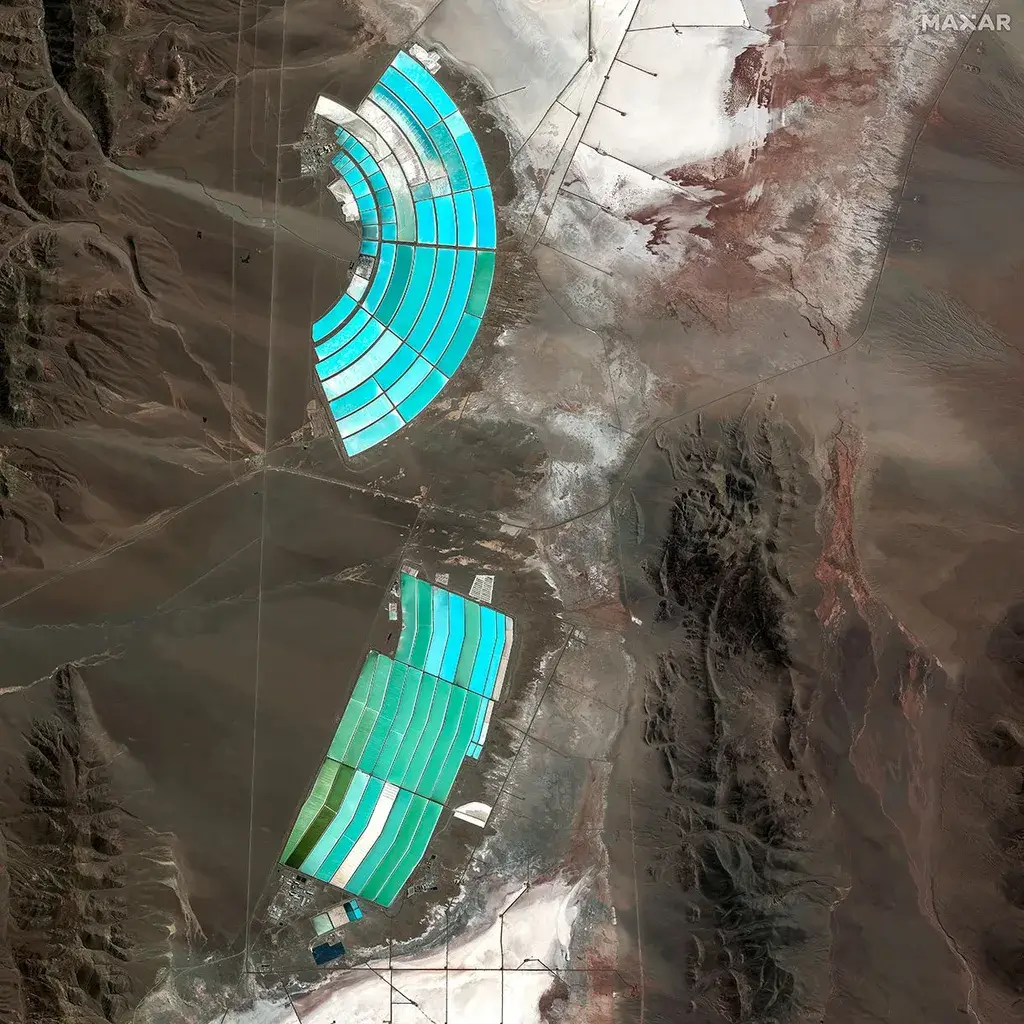How humans have changed the Earth’s surface in 2023

From new artificial islands to the environmental devastation caused by the breach of Ukraine’s Kakhovka Dam – this is how humanity has changed the face of our planet throughout the past year.
by Richard Gray / BBC
There are few places on the Earth where humans have not left a mark of some kind. An estimated 95% of our planet’s landmass – not including Antarctica, even though humanity has left its imprint there, too – now show some signs of human activity. About 16% of that land has been heavily modified, according to one recent analysis.
Urban development, large-scale engineering works and mining projects are reshaping entire landscapes, while deforestation and agriculture are altering entire ecosystems. Pollution produced by humans can be found in almost every corner of our planet.
Earth’s reshaping continued apace during 2023 – for better and for worse. Here are some of the most dramatic ways our species has changed the planet’s surface this year.

Just two years ago, Pearson Reef in the South China Sea was little more than a tiny atoll among more than 100 reefs and specks of sand-covered coral – when viewed from space – that make up the Spratly Islands (see the image below to see how it looked in 2021). But Vietnam, which has occupied the island since the late 1970s, embarked on a major enlargement project towards the end of 2021. By dredging and landfilling, the country has added 163 acres (66ha) of land to the island, and created a sheltered harbour in the middle of the reef, which can be seen in this satellite image above taken in August 2023.

The development of Pearson Island is just one of a number land-building projects that Vietnam has undertaken in the Spratly Islands since 2021. A number of nations, including China, the Philippines and Taiwan, have claimed the islands, and they are now at the centre of growing tensions between the nations. In 2023 Vietnam created an additional 330 acres (133ha) of land on five new island outposts in the Spratlys, according to the Centre for Strategic International Studies’ Asia Maritime Transparency Initiative, which monitors the marine environment in the area. It claims that 6,200 acres (2,150ha) of coral reef have been destroyed in the past decade by island building in the South China Sea, with the majority being done by China. It has built several military bases on newly constructed islands, including a major airbase.

The growth in electric vehicles and other battery-powered devices, demand for lithium has soared in recent years. But warnings of an impending shortage of this critical metal in years to come has prompted a scrabble to open new mines to extract it. Among those to begin operations in 2023 was the Cauchari-Olaroz project in Argentina’s Jujuy Province. The bright-green evaporation ponds are clearly visible in this satellite image from Maxar Technologies. The lithium is extracted from the salt of the South American salars – salt flats – by turning it into a brine that is then evaporated to concentrate the lithium.

In the Shan Mountains of eastern Myanmar, shifting agricultural practices have transformed the surface of Inle Lake. Recognised as a Unesco World Heritage Site, the lake is famous for floating gardens created by the villagers who live along its shores, as well as fishermen who row with their legs. But a growth in the large scale aquaculture of tomatoes has dramatically decreased the surface area of the lake.









